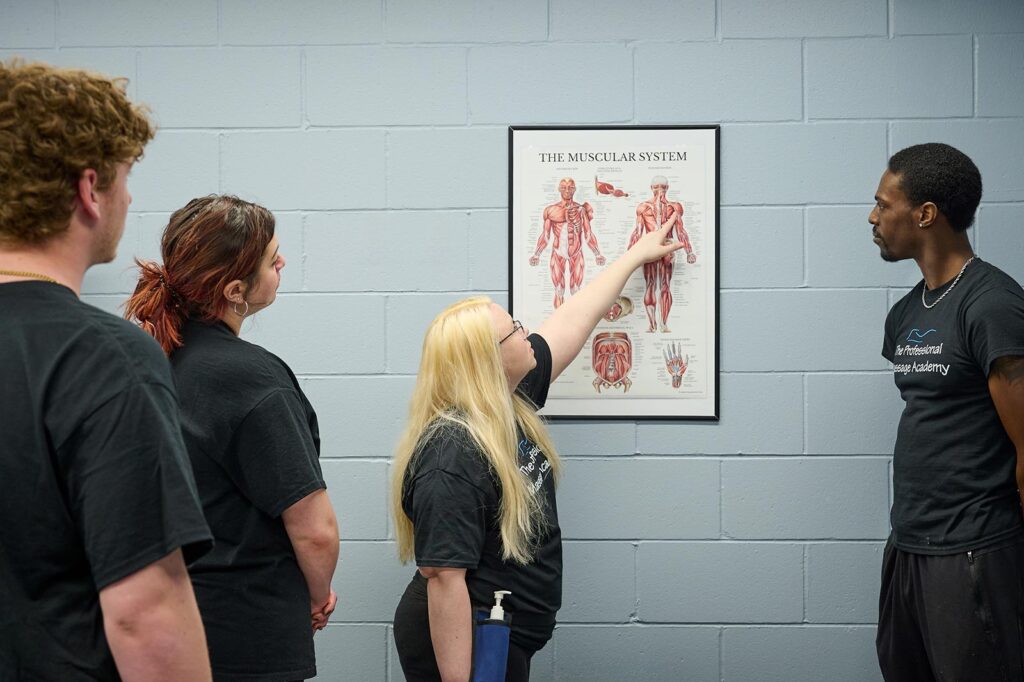Starting your own massage therapy practice is an exciting step toward independence and professional growth. But running a successful business involves more than just helping clients feel better — it also means understanding and managing the financial side of your work. From budgeting and taxes to daily money management, here’s what you need to know to build a sustainable, stress-free massage therapy business.
1. Create a Business Budget That Works for You
Before anything else, outline a realistic budget. This will help you track income, control spending, and plan for future growth.
Start by listing:
-
Startup costs (equipment, supplies, business licenses)
-
Monthly expenses (rent, insurance, utilities, software)
-
Expected income (based on sessions booked and services offered)
Make adjustments as your business grows. Consider using accounting software or apps tailored to small business owners to simplify tracking and reporting.
2. Separate Personal and Business Finances
One of the most important steps you can take is to open a dedicated business bank account. This will:
-
Make it easier to track income and expenses
-
Help you stay organized for tax season
-
Provide a clear financial picture of your business performance
Bonus tip: consider getting a business credit card to build credit and manage cash flow.
3. Understand Your Tax Obligations
As a self-employed massage therapist, you’ll be responsible for handling your own taxes — including income tax and self-employment tax. Here are a few tips:
-
Keep detailed records of all business expenses. This includes mileage, continuing education, equipment, and office supplies.
-
Pay estimated taxes quarterly to avoid penalties. These are usually due in April, June, September, and January.
-
Consider working with a tax professional who understands small businesses or the wellness industry. They can help you find deductions and stay compliant with federal and state regulations.
4. Track Income and Expenses Regularly
Waiting until tax time to sort through receipts and bank statements can be overwhelming. Instead:
-
Log your income and expenses weekly or monthly
-
Use spreadsheets or accounting tools like QuickBooks, Wave, or FreshBooks
-
Save digital copies of receipts for easy reference
Consistency is key to understanding your cash flow and preparing for financial decisions throughout the year.
5. Plan for the Future
As your practice grows, financial planning becomes more important. Consider setting aside money for:
-
Retirement savings (like a SEP IRA or Solo 401(k))
-
Emergency funds to cover slow seasons or unexpected expenses
-
Professional development and continuing education
Building these savings into your budget can help your business remain steady and successful over time.Being a great massage therapist isn’t just about your hands-on skills — it’s also about being a smart business owner. By mastering your finances, tracking expenses, understanding tax responsibilities, and planning ahead, you’ll be setting your practice up for long-term success and peace of mind.



